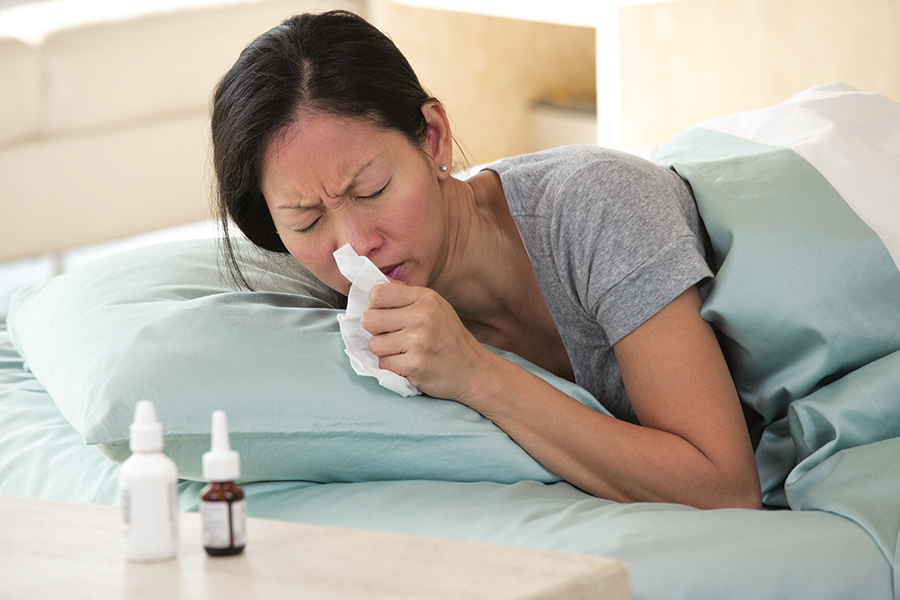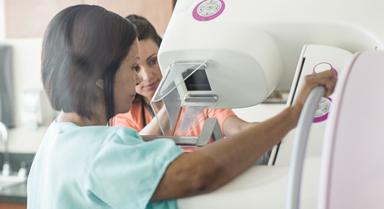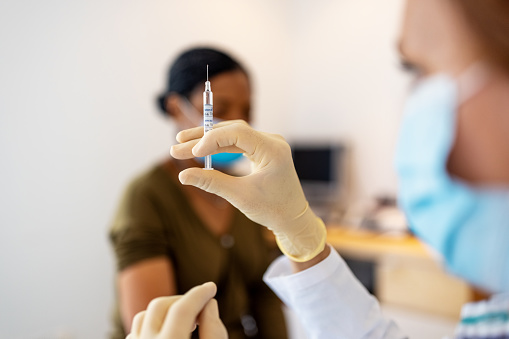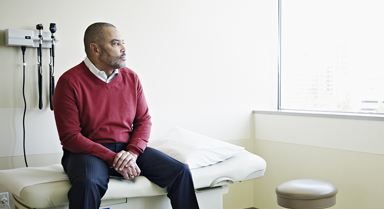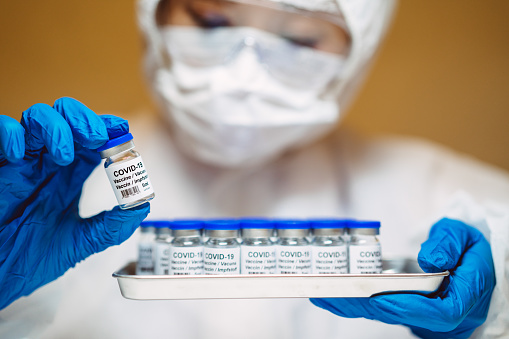Cervical cancer facts
Cervical cancer is the fourth most common cancer in women worldwide and is caused by certain types of the human papillomavirus (HPV).1 HPV is mainly transmitted through sexual contact and most people are infected with HPV shortly after the onset of sexual activity. More than 90% of them clear the infection eventually.2
Did you know?2
- In 2020 an estimated 604,000 new cases and 342,000 deaths occurred due to cervical cancer
- Two HPV types are responsible for nearly 50% of high grade cervical pre-cancers
- About 90% of the new cases and deaths worldwide in 2020 occurred in low- and middle-income countries
Detecting cervical cancer
Cervical cancer can be cured when diagnosed early, and can also be prevented. HPV vaccination is recommended for all preteens (including boys and girls) at age 11 or 12 years. HPV vaccines can be given starting at age 9 years.3 All preteens need HPV vaccination, so they are protected from HPV infections that can cause cancer later in life.4 It is administered in three doses and protects against the types of HPV that cause at least 90% of cancers. Two of the doses also protect against the types that cause anogenital warts.2
Even if a woman has been vaccinated it is important that she get regular cervical screenings, also known as Pap smears. This involves collecting cells from the exterior of the cervix, and can be used to detect cervical cell abnormalities and pre-cancerous lesions.2,5,6 A Pap smear combined with an HPV test can help identify whether someone is at risk.
Screening should start from 30 years of age in the general population of women, with regular screening with a validated HPV test every 5 to 10 years, and from 25 years of age for women living with HIV. Women living with HIV also need to be screened more frequently, every 3 to 5 years.2
Next steps
If the screening finds abnormalities this does not immediately mean there is cancer, but a doctor will examine the cervix using a colposcope and may take a further sample of cells to test in the laboratory. If cancer is detected, MRI scans, PET scans, x-rays, ultrasounds, and CT scans may be used to determine the extent and stage of the cancer.
If you have questions about cervical cancer or any other type of cancer, contact your health care provider for advice and support.
1. Cervical cancer overview. National Cervical Cancer Coalition. https://www.nccc-online.org/hpvcervical-cancer/cervical-cancer-overview. Accessed December 7, 2021.
2. Cervical cancer. Key Facts. World Health Organization. https://www.who.int/news-room/fact-sheets/detail/cervical-cancer. Published February 22, 2022. Accessed August 3, 2022.
3. Genital HPV Infection - Basic Fact Sheet. Centers for Disease Control and Prevention. https://www.cdc.gov/std/hpv/stdfact-hpv.htm#:~:text=Healthcare%20providers%20only%20use%20these,or%20health%20problems%20from%20it. Reviewed April 12, 2022. Accessed December 1, 2022.
4. Human Papillomavirus (HPV) Vaccination: What Everyone Should Know. Centers for Disease Control and Prevention. https://www.cdc.gov/vaccines/vpd/hpv/public/index.html. Reviewed November 16, 2021. Accessed August 3, 2022.
5. Pap smear. Mayo Clinic. https://www.mayoclinic.org/tests-procedures/pap-smear/about/pac-20394841. Reviewed July 25, 2019. Accessed December 12, 2019.
6. What is cervical screening? NHS. https://www.nhs.uk/conditions/cervical-screening/. Reviewed February 26, 2019. Accessed December 12, 2019.
This article serves only as a reference and is intended for informational purposes only. Nothing in this article constitutes legal, tax, financial planning, health or medical advice including diagnosis or treatment. Always seek the advice of your physician or other qualified health provider with any questions you may have regarding a medical condition. References to third-party organizations or companies, and/or their products, processes or services, do not constitute an endorsement or warranty thereof. Products and services may not be available in all jurisdictions and are expressly excluded where prohibited by applicable law. All group insurance policies and health benefit plans contain exclusions and limitations. For costs and details of coverage, contact a Cigna representative.
All Cigna products and services are provided exclusively by or through operating subsidiaries of Cigna Corporation, including Cigna Health and Life Insurance Company, Life Insurance Company of North America, Cigna Global Insurance Company Limited, Evernorth Care Solutions, Inc. and Evernorth Behavioral Health, Inc., or through their affiliates and contracted companies.
In the U.S., Cigna Global Health Benefits® group medical and dental plans are insured or administered by Cigna Health and Life Insurance Company. In the U.S. and Canada, group life, accident and disability plans are insured or administered by Life Insurance Company of North America. In Canada, group medical, dental, vision, and evacuation plans are insured or administered by Cigna Life Insurance Company of Canada. Employee Assistance Programs are administered by or through Evernorth Care Solutions, Inc., Evernorth Behavioral Health Inc., Inc. or affiliates and contracted companies. In other jurisdictions, products and services are offered by or through Cigna Global Insurance Company Ltd. or affiliates and contracted companies. Products and services may not be available in all jurisdictions and are expressly excluded where prohibited by applicable law. The information on this site is only a general description of benefits. All insurance policies and group benefit plans contain exclusions and limitations. Please consult your licensed agent or contact Cigna for product availability, costs, and complete details of coverage.








